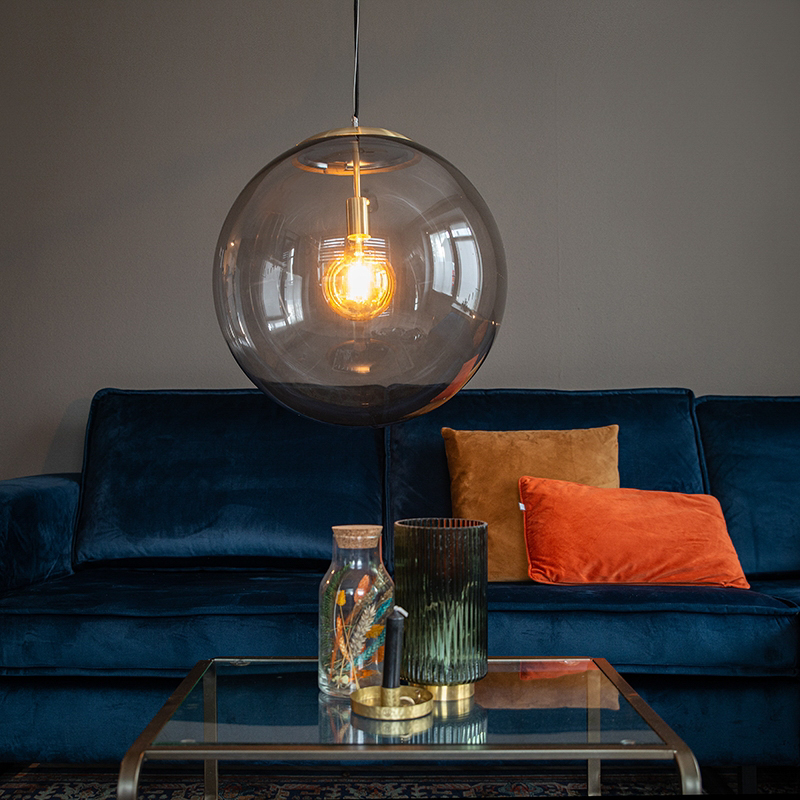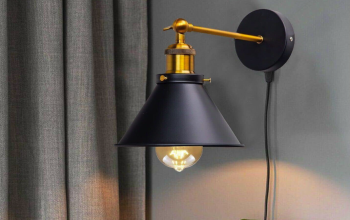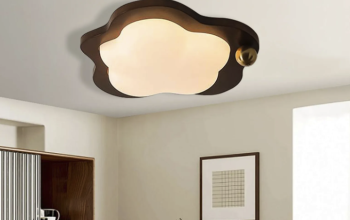Italy is renowned for its rich cultural heritage, encompassing art, architecture, and design. One aspect of this legacy that often goes unnoticed is the country’s lighting design. From ancient times to contemporary age, Italy has been a hub of innovation and creativity in the field of illumination. In this article, we will uncover the artistry of Italy’s lighting design, delving into the key features, historical milestones, and contemporary trends.
Key Features of Italy’s Illumination Design
Italy’s lighting design is distinguished by its focus on aesthetics and functionality. Italian designers have a keen eye for beauty, blending form and function seamlessly to create visually stunning and practical lighting solutions. They also prioritize sustainability, seeking eco-friendly and energy-efficient technologies to minimize environmental impact.
Another hallmark of Italian illumination design is the use of high-quality materials, such as Murano glass, crystal, and metals. These materials are often crafted by skilled artisans, imbuing each fixture with a sense of artistry and individuality. Italian lighting design also embraces a variety of styles, from classic elegance to modern minimalism, catering to a diverse range of tastes and preferences.
Historical Milestones in Italy’s Illumination Design
Italy’s lighting design has evolved over the centuries, reflecting the socio-cultural contexts and technological advances of each era. Some of the key historical milestones in Italian illumination design are:
1. Ancient Rome (753 BC-476 AD)
Ancient Romans were early pioneers of illumination design, devising a system of oil lamps and candles to light their homes and public spaces. They also used reflectors to amplify the light, a concept that would later influence modern lighting technology.
2. Renaissance (14th-17th century)
During the Renaissance era, Italy’s lighting design flourished, with artists and architects incorporating innovative lighting solutions into their works. Renaissance lighting fixtures featured intricate designs and were often made of expensive materials, such as gold leaf and semi-precious stones.
3. Baroque (17th century)
The Baroque period saw the emergence of grandiose lighting designs, characterized by ornate decorations and theatrical elements. Italian Baroque lighting fixtures often featured cherubs, flowers, and other embellishments, creating a sense of opulence and grandeur.
4. Modernism (20th century)
In the 20th century, Italy’s lighting design shifted towards modernist aesthetics, characterized by clean lines, minimalist designs, and new materials such as plastic and plexiglass. Italian designers like Gino Sarfatti and Achille Castiglioni were at the forefront of this movement, creating iconic lighting fixtures that remain popular today.
Contemporary Trends in Italy’s Illumination Design
In the 21st century, Italy’s lighting design has continued to evolve, incorporating new technologies and design concepts. Some of the current trends in Italian illumination design are:
1. LED Lighting
LED lighting has revolutionized the lighting industry, and Italian designers are embracing the technology to create sleek and energy-efficient fixtures. LED lighting offers versatility and customization options, allowing designers to experiment with different colors, shapes, and intensities.
2. Sustainable Design
As environmental concerns escalate, Italian lighting designers are prioritizing sustainability, seeking to minimize waste and carbon footprint. They are using materials that are eco-friendly and recyclable, and designing fixtures that are energy-efficient and long-lasting.
3. Interactive Lighting
Interactive lighting is an emerging trend in Italian illumination design, blurring the lines between architecture, art, and technology. Interactive lighting fixtures respond to movement, sound, or other stimuli, creating immersive and dynamic experiences for the viewers.
Italy’s illumination design is a testament to the country’s creativity, craftsmanship, and innovation. From ancient Rome to modern-day Milan, Italian designers have left an indelible mark on the lighting industry, inspiring generations of designers and lighting aficionados. Whether you appreciate classic elegance or contemporary minimalism, Italian lighting design has something for everyone.




